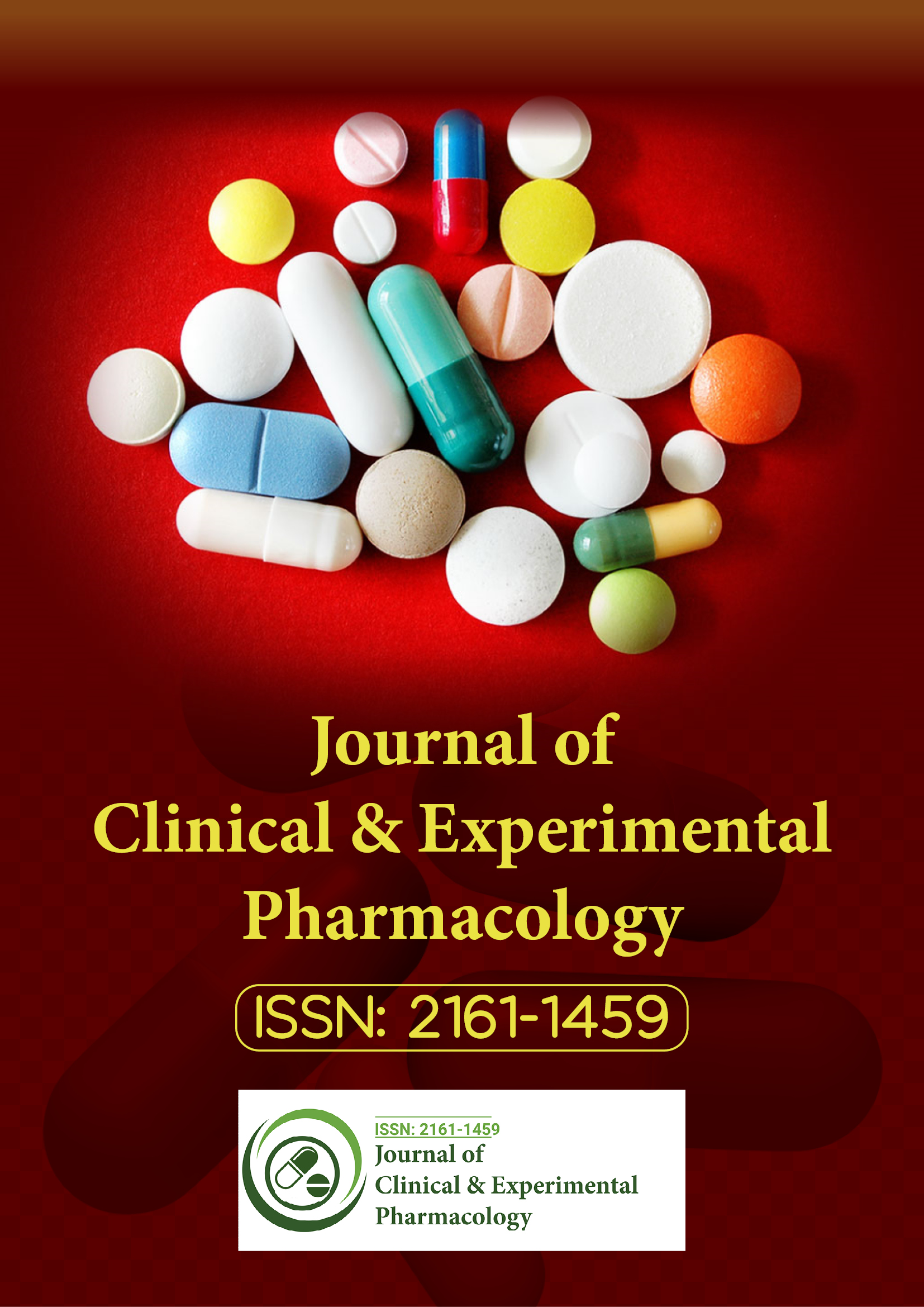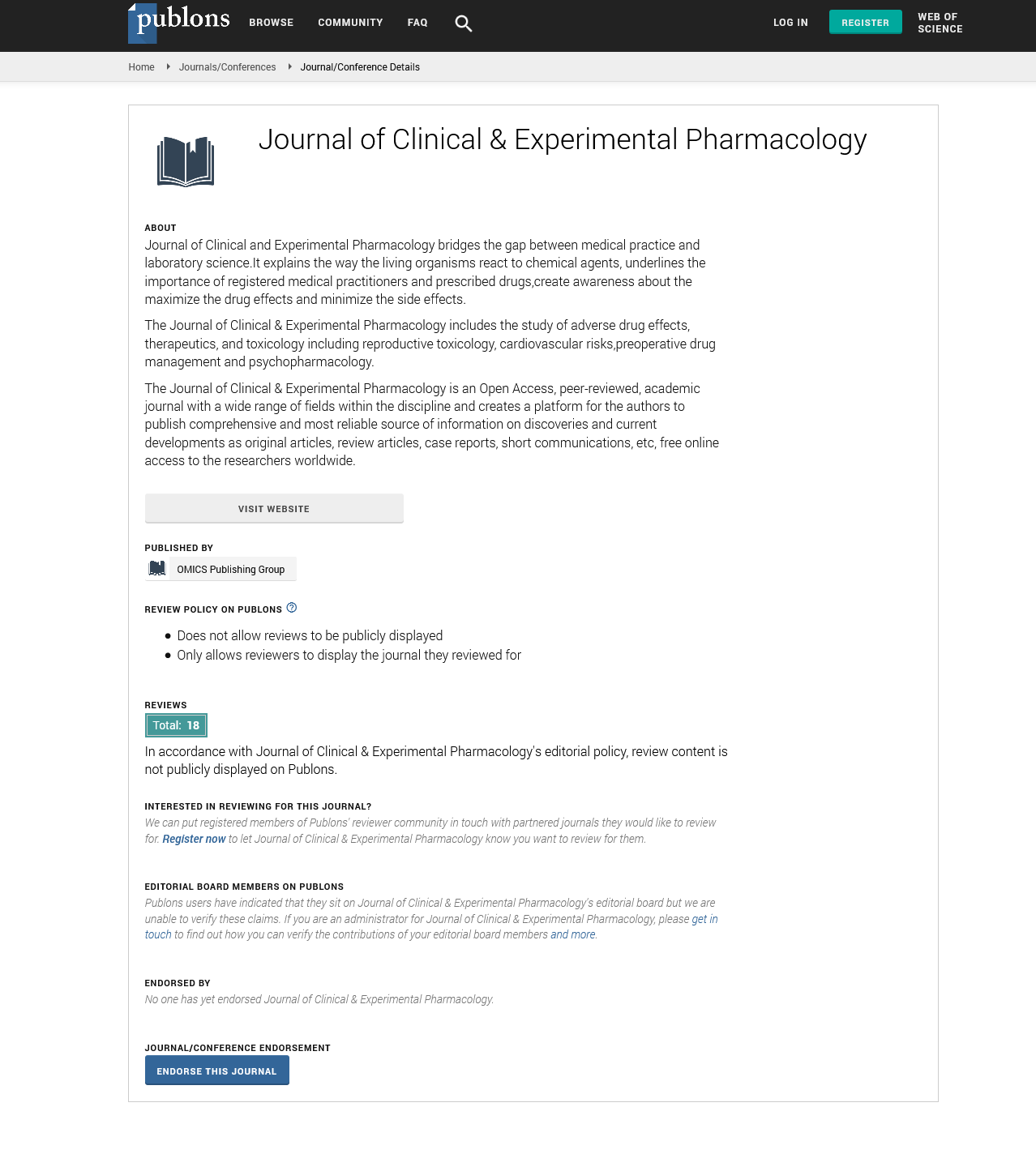Indexed In
- Open J Gate
- Genamics JournalSeek
- China National Knowledge Infrastructure (CNKI)
- Ulrich's Periodicals Directory
- RefSeek
- Hamdard University
- EBSCO A-Z
- OCLC- WorldCat
- Publons
- Google Scholar
Useful Links
Share This Page
Journal Flyer

Open Access Journals
- Agri and Aquaculture
- Biochemistry
- Bioinformatics & Systems Biology
- Business & Management
- Chemistry
- Clinical Sciences
- Engineering
- Food & Nutrition
- General Science
- Genetics & Molecular Biology
- Immunology & Microbiology
- Medical Sciences
- Neuroscience & Psychology
- Nursing & Health Care
- Pharmaceutical Sciences
Minimizing reconciliation between safety and clinical databases
International Conference and Exhibition on Pharmacovigilance & Clinical Trials
October 1-3, 2012 DoubleTree by Hilton Chicago-North Shore, USA
Sean Neal
Scientific Tracks Abstracts: Clin Exp Pharmacol
Abstract:
With patient safety in mind, global regulatory agencies enforce stringent guidelines for timely reporting of safety events by investigator sites and sponsors during clinical trials. For most researchers, collecting complete and accurate safety data still relies heavily on multiple exchanges including phone conversations, paper forms and faxes between sites and sponsors. This process has been estimated at ~2.15 FTE days/SAE just in sponsor effort and does not even take into account the effort required by site personnel, though estimates from the Tufts Center for the Study of Drug Development suggest study coordinators spend between 10 and 20% of their total work effort on trials just on AE/SAE reporting. Besides consuming valuable safety resources in re-keying data that is already captured in EDC into the safety system, the scattered safety data across EDC, paper form and safety systems makes the reconciliation between safety and clinical database an avoidable necessity. And this reconciliation can represent a significant investment. By way of example, an analysis of just SAE rates from completed studies reporting results over the past 5 years, 2007-2011, from Clinicaltrial.gov (n=4,221) demonstrates the magnitude of the reconciliation effort that would be needed. � verall while the majority of trials, 59%, exhibit SAE rates of 10% or less , � 10% of trials have SAE rates between 10-and 20%, � 17% of trials have SAE rates between 20 and 50%, and � 6% of trials exhibited SAE rates of greater than 50%. As regulatory environment continuous to evolve, the new pharmacovigilance (PV) legislation that takes effect across the European Union (EU) in July 2012 further challenges the manual, paper-based practices. The major overhaul of post-marketing expedited reporting requires Marketing Authorization Holders (MAHs) starts reporting not just SAEs but also suspected non- serious adverse reactions within 90 days of the legislation�s commencement. It�s a perfect timing for clinical researchers to rethink their current safety data collection process and develop a streamlined approach to meet regulatory requirements. This presentation will discuss how new technologies in clinical trials help researchers to minimize or fully eliminate such reconciliation between two databases, thus streamlining safety reporting process, improving regulation compliance and enabling safety team focus on what they do best � triage case and detect safety signals as early as possible.

